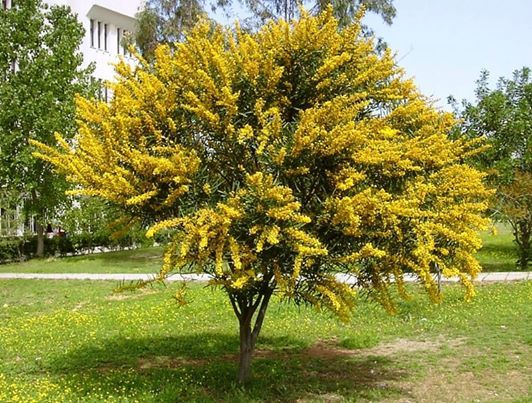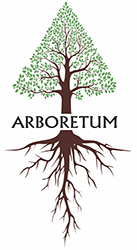Karagana Treelike (Yellow Acacia)
Bushes and trees with emerald leaves, yellow “moths” flowers and narrow long pods, massively planted to strengthen slopes and protect roadsides, belong to the genus of Karagan. This botanical name comes from the Kyrgyz words “kara” - “black” and “ghana” - “ear”, referring to black-eared foxes that hide in the dense thickets of these plants.
Bushes and trees with emerald leaves, yellow “moths” flowers and narrow long pods, massively planted to strengthen slopes and protect roadsides, belong to the genus of Karagan. This botanical name comes from the Kyrgyz words “kara” - “black” and “ghana” - “ear”, referring to black-eared foxes that hide in the dense thickets of these plants.
Their typical species, a tree-like karagana or yellow acacia, grows in Siberian forests, on the Altai and Sayan ranges, in the south of the Urals, in Kazakhstan and the Caucasus mountains. The range of yellow acacia is significantly expanded by targeted plantings in landscape gardening culture.
The deciduous tree, often a shrub reaching a height of 3-6.5 meters, with alternate complex leaves on the petioles and stems up to 15 cm in diameter, has a stem root, from which many auxiliary roots depart. The root system of yellow acacia, due to symbiosis with specialized bacteria, can absorb atmospheric nitrogen, converting it into a form accessible to plants and thereby enriching the soil. In the leaf axils, bright yellow moth-shaped flowers, characteristic of all legumes, are formed and open in May-June. Small elongated fruits ripen in long narrow cylindrical pods.


